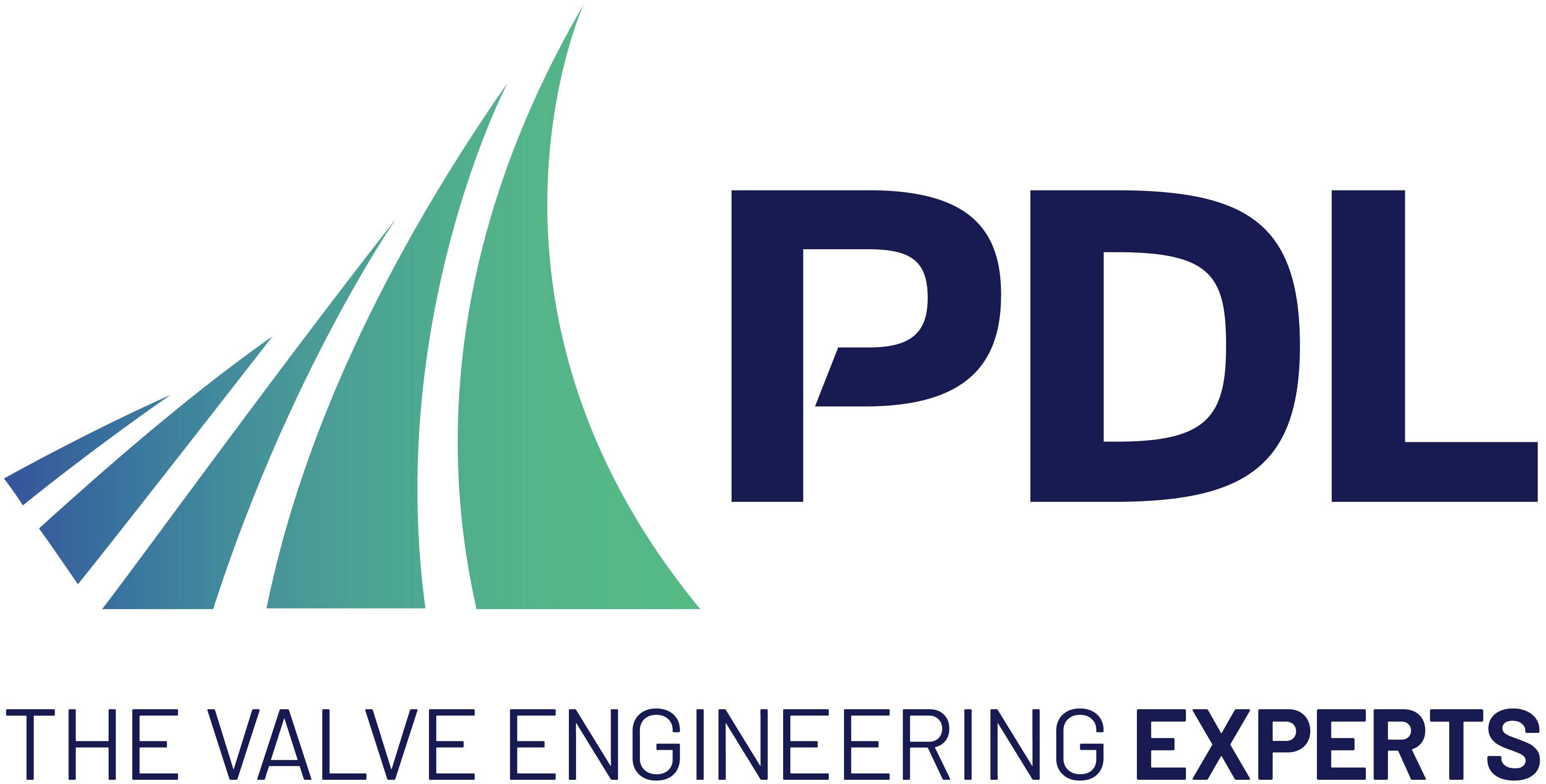PDL: Engineering Analysis of Valves for Safety Critical Applications

The team of advanced engineering analysts at PDL Group have extensive experience and expertise in working closely with engineering teams to validate, understand and optimise their valves and actuators, including safety critical applications.
The PDL team perform different seismic analysis including Equivalent Static Analysis (valve response to factored ground motion); Full Transient Dynamic Analysis (inertia, damping and stiffness forces are calculated in response to time-varying load); Mode-Superposition Transient Dynamic Analysis (mode shapes identified from a modal analysis are scaled and applied) and Spectrum Analysis (whereby a time varying signal is used to produce the spectrum which represents load, acceleration and velocity).
Spectrum Analysis is often a preferred method to obtain fast and efficient results and is often used to provide clients with data for Operating Basis Earthquake (OBE) and Safe Shutdown Earthquake (SSE).
Frequently, tight deadlines prevent clients from building and testing valve and actuator prototypes. Furthermore, onerous ‘end load’ codes mean that valve manufacturers need to reinforce their valve designs to meet these requirements, whilst the increased mass make it more difficult to adhere to seismic assessment constraints. PDL analysts are able to validate each design element rapidly and explore a wide range of variable scenarios to capture any required design changes that are necessary prior to final physical testing and manufacturing.
Recently, a leading supplier of butterfly valves was awarded a large order for a defence project, and asked the PDL team to analyse a range of valve sizes to withstand a range of extreme loading, including seismic and shock events.
PDL analysts explored the range of disc positions and the valve orientations as the valves and actuators were not installed in the same direction. They applied ANSYS DesignModeler, ANSYS Mechanical and ANSYS Parametric Design Language (APDL) to create a computationally efficient model which represented the connections and interfaces between all the valve components. This informed the selection of the worst-case positions and orientations.
Response Spectrum Analysis captured the seismic response of the valves, and the results were reviewed to ensure the range of frequencies represented the total mass of the assemblies. The result of the analyses were combined using the square root of the sum of squares methodology (SRSS). Finally, the results were assessed against the allowable stresses. When the client’s manufactured valves were physically tested, they all successfully passed.
To find out more about PDL’s proven track record with clients who rely on them to significantly reduce timescales, risk and costs visit the PDL website https://pdl-group.com or connect on LinkedIn https://www.linkedin.com/company/pdl-solutions-europe-ltd.
Telephone: + 44 (0) 1 434 609 473
Email: solutions@pdl-group.com
Website: www.pdl-group.com

| Telephone: | 00 44 1434 609473 |
| Email: | solutions@pdl-group.com |
| Website: | www.pdl-group.com |
| More information on the PDL Solutions (Europe) Ltd BVAA Member Directory Page |
Search related articles: PDL Solutions (Europe) LtdIssue 93Computational Fluid Dynamics (CFD)














